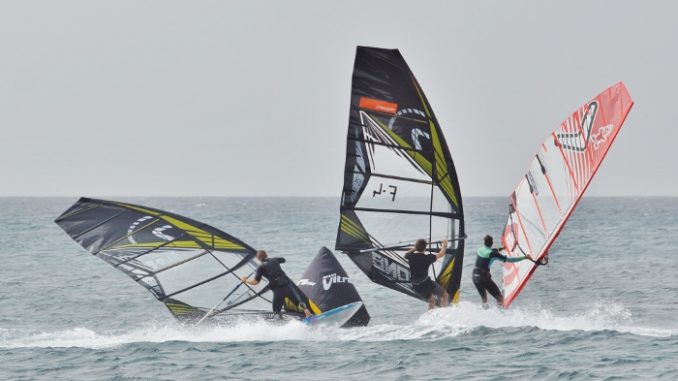
Words and pics: Russell Groves
Why spend a month training and tuning slalom kit somewhere warm and windy? Sounds like there’s an obvious answer when you ask the question out loud but then not everything is black and white.
Sometimes you think it is better to train alone in secret, so when the season comes, people will get a surprise, you’ll have the speed and be set for pole position. You have your GPS and it is easy to lay a buoy for gybe drills and practising your starts – two essential elements of racing, whatever your level. But you have no way of knowing if you are better than anyone else. It’s all very well nailing down the finer points but when it comes to measuring your speed – another key piece of the puzzle – having others to test your mettle against gives a bigger picture view.
The idea of slalom pro training came from Kurosh Kiani. We spend a lot of time together dissecting his sessions and his set up but is it faster? Was that gybe more efficient? Will it work in competition? How does performance compare to those being raced against? All valid questions needing answers.
The idea was for it to be just the top guys on the Black Team (Point 7) getting together to do some testing and kit development. So Andrea Cucchi (Mr Point 7) decided to come over with a full van of gear and make the most of it. Unsurprisingly the word got around and people started to ask if they could join in. OK game is on we thought!
UK rider ‘Sparky’ (Mark Hosegood) made the effort to come over and run the water side and structure the training. After all, his experience as PWA judge, and as a sailor himself, meant he’d have valuable knowledge to impart and therefore all riders benefit. It was then Giuseppe Pugliese who would deliver the personal physical training side – another important aspect of conditioning for slalom.
Aloha Lanzarote provided a base, a focal point and place to stay for the organisation team and some of the riders. Calero Marinas provided the large rib and Windsurfing Club Las Cucharas provided board storage and facilities for running repairs and modifications. Finally, Poco Loco were doling out those much needed refreshments, and providing a discussion point and chill out area. All in it was a completely 360 set up with various entities cooperating and making things work – as it should be.
In the end we had over 20 people on the water every training session, meaning a three heat starting sequence. Pro training is about simulating actual race conditions, so this worked out really well. There was time to get back up to the start, wait for your call and change heats depending on your position. This is slalom windsurf training simulating competition environments as much as possible without actually running an official event – gold!
Racing is all about the start – nail it and you are almost guaranteed to go through to the next round. So yes, there were a lot of starts practised. The crew worked on a five start sequence per session with up to three sessions a day. That works out as 15 starts per person per day – Sparky was doing a whopping 45! Ad in ‘over the lines’ and the number rises even higher! Most definitely ‘all in a day’s work’ – the emphasis being on the word ‘work’ as that’s what it is.
But getting across the line efficiently is one part of the puzzle. You can have the best start in the world but if you cannot go around corners you are in trouble. Well, if you are the first one to the mark you are gybing alone, with a very hungry pack on your tail. But for everyone else the pressure is on. In the huddle you have to find that gap – threading the eye of the needle so to speak. Without room for glides to pass through the no wind zone you stop. So there were lots of gybe exercises completed. You can see why numbers are needed. You need people for as realistic an experience as possible.
Fine tuning equipment is also essential. Of course you can do this alone with your GPS but to have people you can go up against is far better. During water time rest periods it was a hive of activity from just changing combos to full rig tuning. Cutting battens, changing cambers and masts – it was all going on. For those on Point 7 sails having Andrea around to discuss tuning options was invaluable. He is fast on the water as well so having him as a bench mark was useful.
Personally it was great to watch and meet all the people and I look forward to following everyone this year racing. With hopefully more of these pro slalom training gatherings taking place the level of riding for anyone attending will hopefully improve massively.
Thanks must go out Philippe Chiappero for the use of the jet ski as well as Christophe Manegat for taking time out of his holiday to drive and Leo Skagerlind for filming. Plus all the other people that made the training happen, cheers!

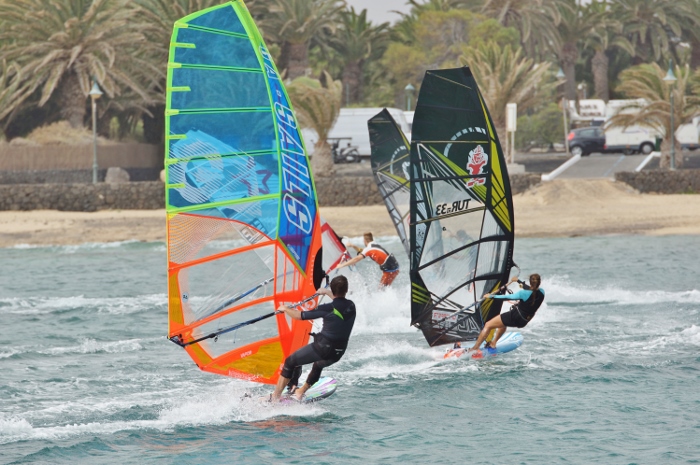
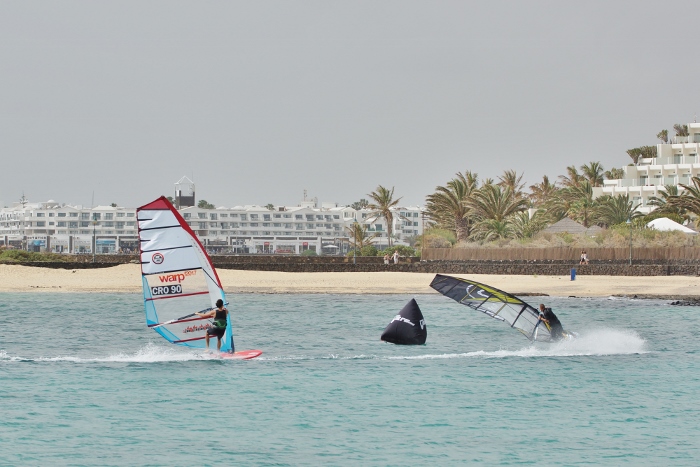
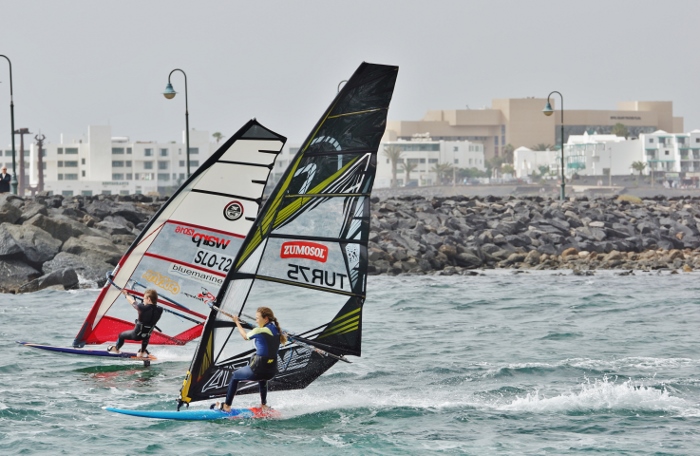
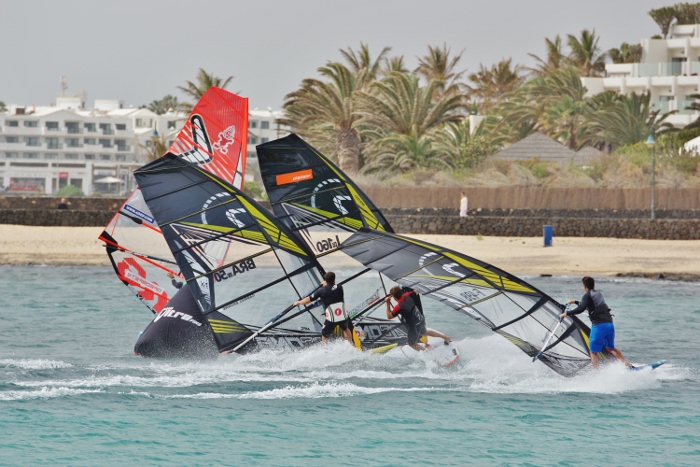
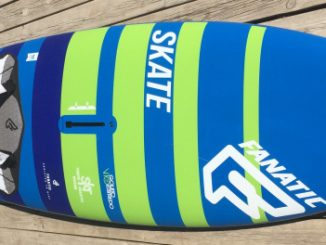
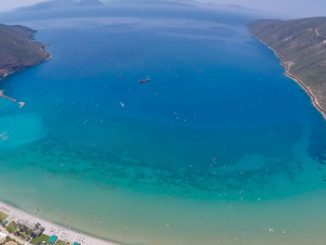
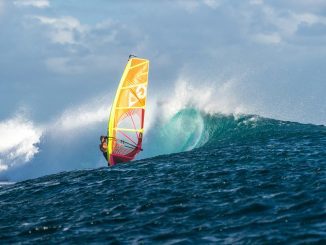
Leave a Reply